————————————–
The diagram above is my attempt to make an illustration of key concepts in the evolution of New Testament translations. My post “Translation Pathways” was a similar attempt but from different angles. I love wrestling with images — they help me learn. When reading Hector Avalos’ book “The End of Biblical Studies” and Bart Ehrman’s book “Misquoting Jesus” I kept getting lost in the discussions of translations. So I offer you the picture I have formed to help my future readings about translations.
Click “more” to see the key, a brief caveats concerning the chart and links to related articles. I am deeply in debt to Ian’s writings over at Irreducible Complexity and for personal communications with Ian who has helped clarify much of this for me. My next hoped project is a chart on Jewish Bible Translations.
If I have left out your favorite translation or theological/philosophical theme in this diagram, please let us know in the comments. For suggestions from readers for improvement, corrections or new charts are always coveted!
————————————–
Caveats:
- “Originals” (autographs): Of course these don’t exist (or we haven’t found them) and the dates I list are approximate and controversial.
- Manuscript Types: The small ovals with numbers inside each cloud represent how many of this Manuscript Type are found in the Text Type. The position of the circle is arbitrary and has no time significance. The numbers are only estimates. The real numbers are complicated since some manuscripts has several types and many are fragmentary and may be from the same text but are counted separately. The large ovals (codex) represent some of the most complete texts available in a given Text Type. Note that the Codex Alexandrinus contains both Byzantine and a few Alexandrian text types (see the links below). (see Ian’s post)
- Text Types: The size of the clouds are meant to show the span of history these text types cover and the relative size of available texts. (see Ian’s post)
- Dates: The diagram is not set to express dates very accurately by position — but it does give you some notion of time.
- Faith Communities: Of course the various translations are used by many different believer types. I just listed those who are preferentially drawn to this sort of text.
- Greek Critical Editions: These are an important part of the story in the development of the translations but unfortunately I did not see how to comfortably squeeze them in this diagram. Please read Ian’s excellent post on Critical Editions. Perhaps I can make a diagram later showing these players.
Wiki Articles:
- Manuscript Types
- Text Types
- Important Extant Texts
- Greek Compilations
- Textus Receptus: Erasumus’ 1516 greek compilation
- Syriac Bible (of the Syriac Orthodox Church & others)
- Novum Testamentum Graece
- Translations
- Douay-Rheims Bible
- King James Version (KJV)
- Luther’s Bible (German)
- American Standard Version (ASV)
- Revised Standard Version (RSV)
- Jerusalem Bible
- New Revised Standard Version (NRSV)
- New International Version (NIV)




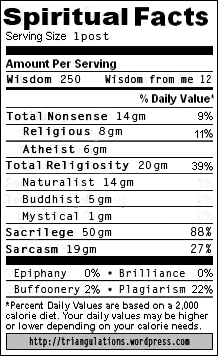



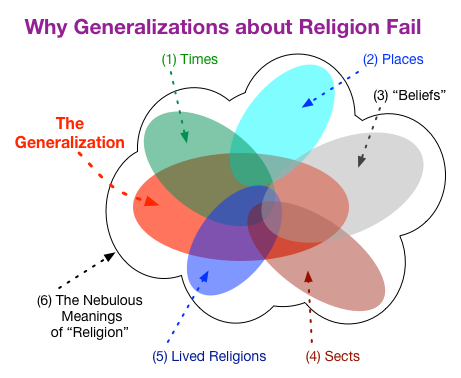


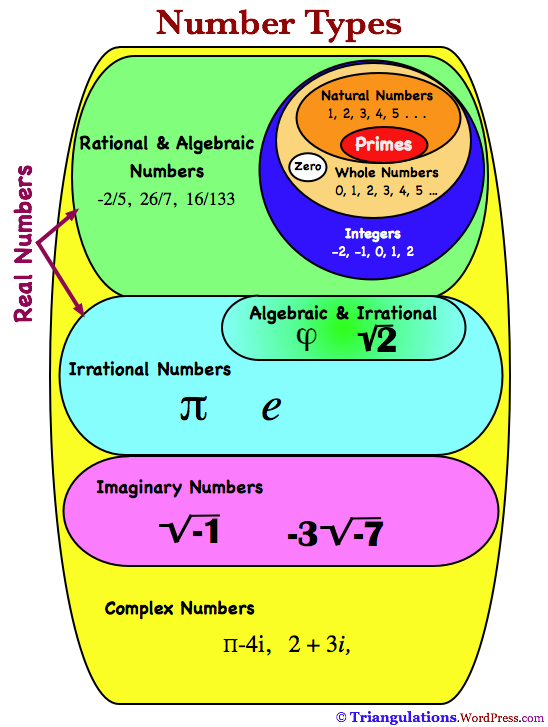


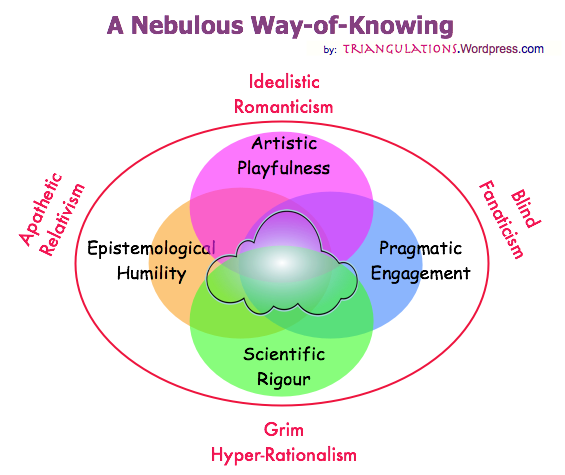






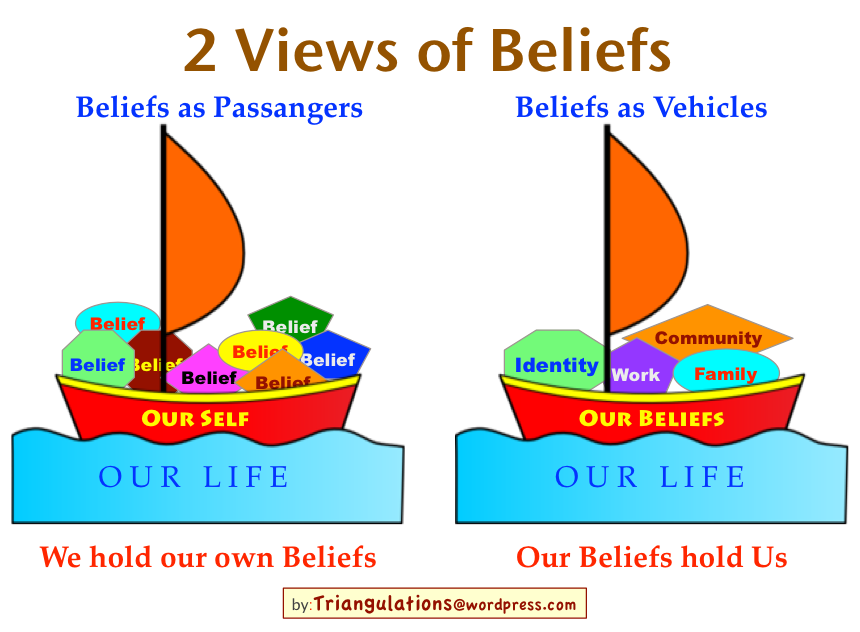







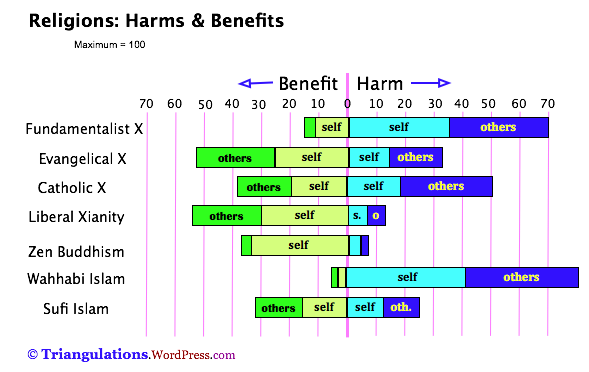



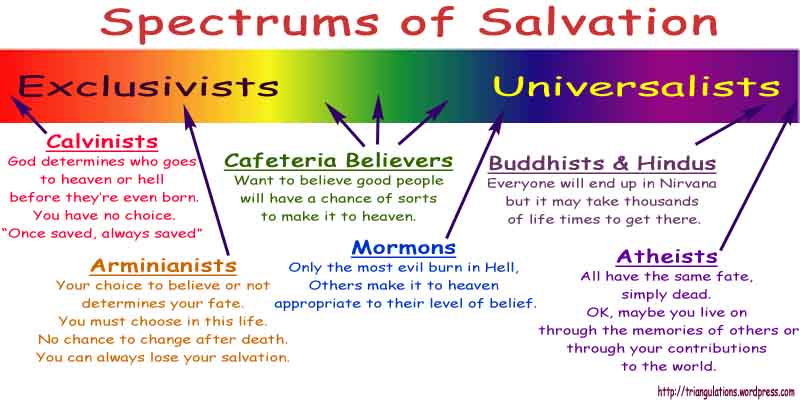




Yay, well done. That was an epic effort!
If you want a more systematic introduction to the texts and types definitely read Bruce Metzger and Bart Erhman’s “The Text of the New Testament.” I think it’s in it’s fourth edition.
I was lucky enough to take a class dedicated to New Testament textual criticism and paleography with a skilled expert in the field so talking about the texts is a favorite past-time of mine.
nota bene – Though today it is pretty much exclusively fundamentalists who use the KJV, it was not always the case. For hundreds of years it was the most widely read and most often only available English translation. And though quite loyal to the text (and a poor text it is) the translation can be quite generous and ‘liberal.’
Good job! I could have used that figure for a short class I taught on the subject a few months back.
Very well done.
Pingback: Week in Review: 07.16.10 | Near Emmaus
I really think those late 80 dates for the gospels and Acts are too early. I’m thinking more like 150.
Interesting stuff. I might use this for a power point presentation sometime… if that’s alright with you?
@ the accolades
Thanks folks ! Sure, anyone can use this — but I would appreciate recognition and reference to the website. (cheap fella that I am!)
@ adhunt
Curious. Though I don’t think you believe these, your comment seemed to imply that someone should still value the KJV because:
(a) lots of people did when it was the “authorized” version.
(b) in spite of being based on “poor [Greek] text [sources]” it is still “generous and liberal” and so it is useful. That implies we should sacrifice accuracy if something says what we want it to say. But I am sure you did not mean that.
But I agree that it may be of value to study something faulty so as to see what others value in it and how they did not see through the mistakes and how they used it to create their histories. Especially if it has been valued by a large number of people.
You didn’t mention if you found the chart useful or accurate. Does it roughly match your understandings?
@rey, You need to take up that argument with the scholarly community, if you think you can make a good case for it. Blogs aimed at layperson aren’t the place for it. I think it is entirely appropriate to use the consensus dates here. If you object, then try to change the consensus…
@sabio, adhunt, I’m not sure I’d be happy with a stark contrast between the flawed KJV and not flawed other translations. The traditional translation of the KJV casts a *long* shadow over modern translations. And one has to say, for the time, the KJV was a masterwork. For example: the whole point of creating the NIV was because the RSV translated certain passages that Christians took to be about Jesus in ways that were more accurate to their original text. So RSV has Isaiah say “a young woman has conceived and will give birth” which would mismatch the quote of that passage in the NT. One of the explicit goals of the NIV was to do the translation from an evangelical point of view so that those passages could be harmonized. Hence NIV has “a virgin has conceived”, with the KJV, and against the original text.
“Blogs aimed at layperson aren’t the place for it.”
In my opinion of course, its not my blog!
Ian… my blog is aimed at educating the lay person.
As it turns out, many people just don’t know anything about religious history. Nadda! Zilch! A big fat zero.
If they knew, for example, that almah’ actually means ‘young virile woman’ and not virgin… then they too would be more skeptical of the Evangelical translations and paraphrases of the NT and Bible.
So it’s important to bring these points of discussion up and state precisely, and clearly, the information along with scholarly support to show that it’s not just a bunch of Satan worshiping atheist cannibal nudist child molesting goat rapers trying to unsave souls for the Anti-Christ–or what have you.
Just my two cents
Tristan (and anyone else, including rey), Sorry, my response was a bit snarky. I was responding to rey’s comment that the dating of the bulk of the NT should be in the second century. This is an argument which almost always is based on some poor scholarship and a deliberate unwillingness to deal with the consensus among biblical scholars. There are literally two or three scholars with this opinion, but the vast majority of people expounding this view are folks with an axe to grind. I perceived in rey’s comment a desire to take Sabio’s herculean effort to sum up consensus scholarship and ask for it to be tweaked into a something that perpetuates his/her personal propaganda. Maybe I have a hair-trigger on these issues. Maybe I just know how much effort Sabio put into this. Anyway, clearly I had a proportionality lobotomy.
As for your other comments. Abso-flippin-lutely! I couldn’t agree more. My blog is also aimed at explaining consensus scholarship on the bible. Hence my comment about the KJV/NIV/RSV. And I would agree with your comment and go further. I am of the opinion that critical study of the bible is one of the most powerful tools that we have against bibliolatrous fundamentalism.
@Ian “You need to take up that argument with the scholarly community….”
I know but I can still say it.
@ Ian :
Good points – thanx. As always, you artfully and gracefully recovered from the snarkiness. 😆
@ Tristan :
Indeed: Biblical ignorance among those who feel the Bible is “God’s Word” is rampant. So sometimes showing these believers the nature of their own scripture can be eye-opening. It was for Ehrman.
There is a serious problem with your chart (which is a noble effort)…
You have the 90ad autographs of Revelation practically kissing the earliest cloud of the Alexandrian (African!) and Byzantine texts of 200ad.
Um, isn’t that a tad misleading?
Now consider if the autographs **ended** at 90AD, and the earliest **extant** texts being at 200…
How much first hand info do you know about the Civil War? Answer: NONE.
Second hand? Um, probably none.
Third? Still a stretch…
And after that, it is as authoritative as “History 101.”
But the Vulgate (the first canon) was generated in the 4th century because “there were too many frickin’ manuscripts floatin’ aroun'”)!
So, that should appear in your text as more than a nano-second…
@ WoundedEgo
I’d love some concrete positive suggestions. See the “Date” caveats in the post. I tried align the middle of those autograph boxes in line with their date. It is a box, after all.
As for the rest of your rant, I am not sure who it is directed at. It does not appear that you have taken time to look at my blog.
I believe that even “some notion of time” is too generous…
After feedback on another site, I went and aligned dates a bit more carefully. Hope folks find it useful. Any further suggestions are welcome.
this is a fantastic chart. i have emailed it to my Biblical Interpretations profs (also OT and NT profs as well) and they were vastly impressed. excellent visual for source, form, and translational skill sets. can i have permission to use this in future bible studies?
That is an impressive chart, thanks for posting it. Must have taken you a while…
@ Zero1ghost :
Sure, please feel free to use, but please quote your source. Glad you liked it.
@ A-Time-To-Rend:
Thanks, yeah it took some time. Lot of re-sketches, re-thinking, reading lots of source and even a Skype session with Ian to help on a few points. It helped me really understand things so when I go back and read those chaps now, I actually understand a lot more and have a better idea of what I still don’t understand. 🙂
We miss your posts.
Pingback: Dubiosity Digest for August 5th, 2010 | Dubiosity
Pingback: Zondervan NIV Study Bible: Updated Edition | Shout Joyfully
Just came across this post. Great graphic! But you might want to extend the Catholic bibles a bit further into the future. The New Jerusalem Bible (NJB) was first published in 1985 and the New American Bible (NAB) in 1990. Both involved both Protestant and Catholic scholars translating from the original language texts, practices encouraged by the Vatican II document on scripture. And the NAB is used in the lectionary (readings at Mass) in the US (and I believe other English-speaking countries as well), so it strongly shapes Catholic thought today.
I’ve never even seen a Jerusalem Bible except in the library, though my mother had a dusty Douay-Rheims on the top shelf of her bookcase.
Thanx, Gaudete. I will consider the addition.
Pingback: Dubiosity Digest for August 5th, 2010 : Dubiosity